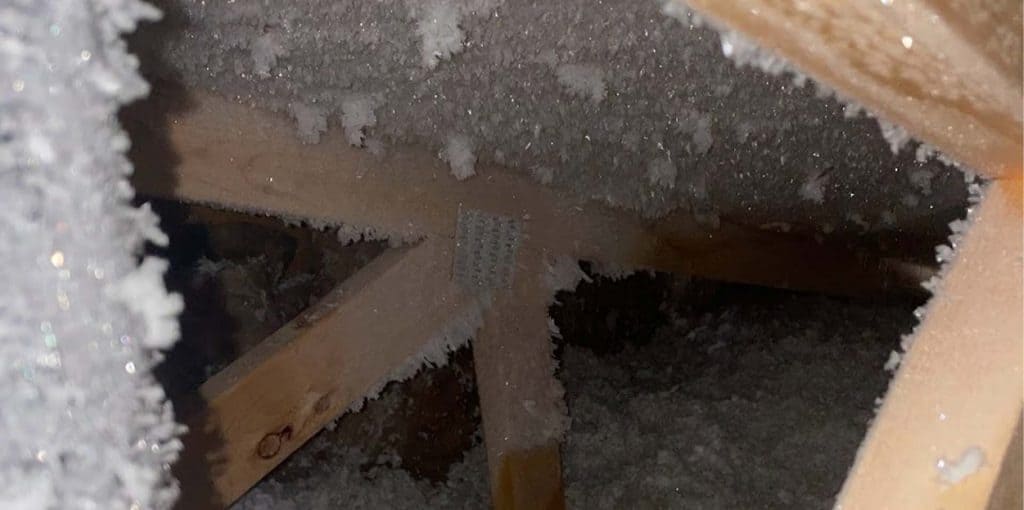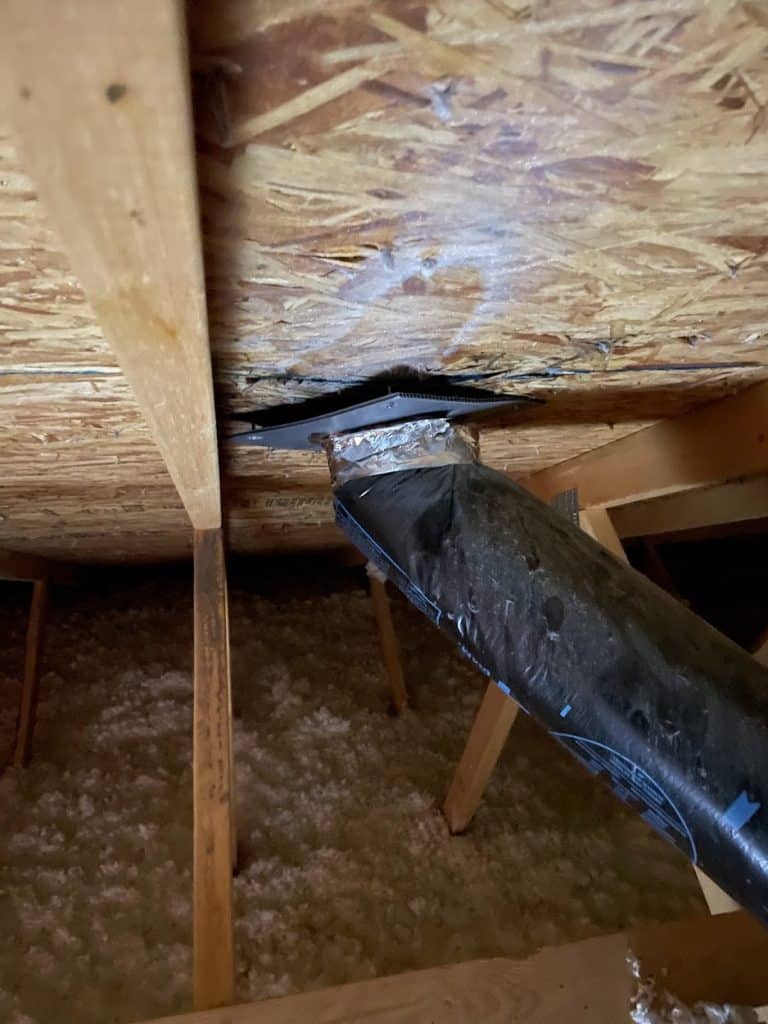>> Read More
In Calgary’s dynamic climate, where temperatures swing dramatically, the silent issue of condensation in your home demands attention. This often unseen problem can escalate quickly, turning from simple moisture to ice, and potentially wreaking havoc on your roof. Let’s take a deep dive into the nature of condensation, its heightened impact in our region, and discover effective ways to prevent and manage it.
Condensation might seem like a minor issue, but in Calgary, where temperature changes are a common occurrence, its effects can be far more severe. This was particularly evident in the record deep freeze the city experienced in early January 2024. When moist air inside your home meets colder surfaces, especially during such freezing cold spells, it can lead to water or even ice formation. This phenomenon is especially problematic in areas like attics and bathrooms, where inadequate ventilation can worsen the situation.
Given our city’s unique climate conditions, it’s crucial to understand how these temperature variations can lead to significant roofing challenges. We’re not just talking about usual moisture concerns; in Calgary, condensation can lead to more serious issues like attic rain and moisture damage within your attic. Some minor condensation and ice formation is normal, but when temperature changes can break old windows, imagine what it can do to other parts of your home, like your attic and roof.
This video serves as a vivid illustration of the impact of condensation. Witness how excessive moisture and ice formation, exacerbated by Calgary’s recent deep freeze, led to cracking old windows. This visible damage is a telltale sign of what could be happening in less visible areas of your home, particularly in your attic. If this is what we can see, consider the potential unseen damage in areas you rarely check.
Excessive condensation in your home, particularly following extreme weather conditions like Calgary’s deep freezes, can lead to several serious issues:

Understanding these risks is only the first step. Identifying early signs of condensation problems and taking proactive measures are crucial for protecting your home.
Early detection of condensation issues is key to preventing serious damage. Homeowners should be aware of these telltale signs:

By staying vigilant and regularly inspecting your home, especially after extreme weather events, you can catch condensation issues early.
Navigating the challenges of roof condensation, especially in a climate as unique as Calgary’s, requires a bit of know-how and vigilance. We’ve explored the signs to watch out for, from the obvious mould growth to the more subtle cues like peeling paint. Equally important are the steps you can take to prevent or address these issues – improving ventilation, enhancing insulation, and being mindful of how you use humidifiers.
However, while these DIY tips are valuable, there are times when professional intervention is necessary. If you’re noticing persistent issues, or if the problem seems to be beyond the scope of simple fixes, it’s time to call in the experts. A professional roofer can provide a comprehensive assessment and tailor solutions that fit the unique needs of your home, ensuring long-term protection against the sneaky but serious problem of condensation.
Remember, taking proactive steps protects your home’s structural integrity and contributes to a healthier, more comfortable living environment. So, keep these tips in mind, and don’t hesitate to reach out for professional help when needed.
>> Read More
>> Read More
>> Read More
>> Read More